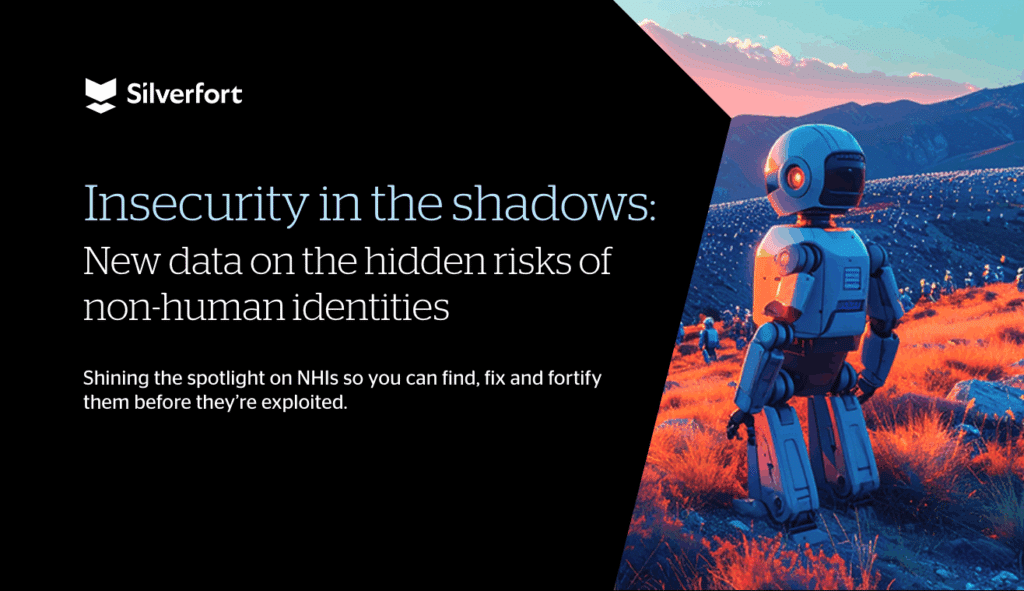For every single employee in your cloud environment, there are dozens of non-human identities – silent workers behind the scenes. Service accounts, automation scripts, and API tokens may outnumber human identities by more than 50:1. These non-human identities (NHIs) move data, trigger workflows, deploy code and power critical operations. But while they have access to your critical resources, most organizations can’t answer a simple question: who owns them?
Without clear ownership, there’s no accountability. No one to validate permissions, monitor usage, or disable access when it’s no longer needed. And that creates the perfect scenario for attackers.
That’s not just a governance gap – it’s a security liability.
Why does cloud NHI ownership matter?
When an identity is properly owned, it’s not just about assigning a name to it. It means there’s an end-to-end process for reviewing permissions, tracking usage, and making informed decisions about its lifecycle. Ownership enables visibility, governance, and a proactive approach to monitoring for security risks.
Without that, if an identity is misconfigured, over-permissioned, or compromised — and no one’s watching — it becomes an easy target for attackers.
Without a clear owner, there’s:
- No accountability for how it’s used
If something goes wrong or is exploited, there’s no clear person or team responsible for investigating or remediating it.
- No one validating if it needs that level of access
Permissions often go unchecked, leaving NHIs with far more access than they require, sometimes even with admin privileges.
- No one revoking it when it’s no longer needed
NHIs often live far beyond the systems or projects they were intentionally created for, quietly keeping the same level of access after they’re relevant.
When no one is responsible for an identity, it becomes an easy path for compromise. It’s still active, has privileges, but is completely unmonitored. These are the identities that evolve into orphaned NHIs: forgotten by organizations, but visible to attackers.
The risk of “orphaned” cloud NHIs
Orphaned NHIs are identities that no longer have a clear owner – no one assigned to manage, monitor, or revoke them. They often remain in cloud environments long after their original use case has ended, still holding the same level of access they were created with.
What makes them especially dangerous is how easily they go unnoticed. They aren’t tied to a person or a team, rarely show up in access reviews, and often fall outside the scope of traditional security controls.
And attackers know what to look for. Tools and scripts used in CI/CD pipelines or DevOps environments often operate with broad permissions and little oversight. If an attacker compromises one, it may give them the keys to cloud storage, databases, or internal services — all without triggering traditional alerts.
The Insecurity in the Shadows report revealed that in many organizations, over 40% of NHIs have no known owner. Even more alarming, a large portion were found to be inactive or had never been used — yet still retained active access rights. These identities may be forgotten, but they’re not invisible to attackers.

How Silverfort helps
Silverfort brings visibility and control to a layer of your cloud environment that’s long been overlooked. It continuously discovers all non-human identities — across cloud identity providers, SaaS platforms, and hybrid infrastructure — and determines whether each one is active, necessary, and properly scoped.
But Silverfort doesn’t stop at discovery. It automatically maps ownership, tying each identity to the user, team, or system that relies on it. This transforms shadow access into accountable access — no more orphaned service accounts working in the background.
Once identities are discovered and mapped, Silverfort analyzes their activity. It builds a behavioral baseline for each NHI, learning what “normal” looks like. Based on this analysis, Silverfort provides tailored mitigation recommendations, including removing unused identities, reducing excessive permissions, or assigning proper ownership, so you can reduce risk quickly.
Ready to see in action how Silverfort helps analyze cloud NHI mismanagement? Check out this interactive demo to see it for yourself in less than 10 clicks.
Turn shadow access into secure access
Knowing who owns each NHI isn’t just a governance checkbox — it’s a foundational security control. Ownership drives accountability. It ensures that the right people are making the right decisions about how identities are configured, secured, and retired. Silverfort makes this possible in environments where visibility has traditionally been a major blind spot.

